These incidents not only sound the alarm about the current state of cultural heritage conservation but also reveal alarming loopholes in management work, which have long been warned about but have not yet been effectively addressed.
Tourists visit antiques on display at the Thang Long Heritage Conservation Center - Hanoi .
Warning about heritage encroachment
In less than a month, two serious violations of cultural heritage occurred, causing confusion and outrage in public opinion. In early May 2025, the tomb of King Le Tuc Tong, a national historical relic in Tho Xuan district, Thanh Hoa province, had its stone stele broken by two foreigners in search of antiquities. Before the incident could calm down, on May 24, the national treasure, the Nguyen Dynasty Throne at the Hue Monuments, was violated and damaged by a tourist, further shocking public opinion.
This is not the first time that national heritage and treasures have been damaged. Previously, many treasures were damaged due to people's lack of knowledge and awareness. Typically, the stone stele "Ngu kien Thien Mu Tu" located at Thien Mu Pagoda (Phu Xuan District, Hue City), recognized as a National Treasure in 2020, was seriously damaged when visitors used sharp objects and erasers to carve words and write names on the stele and turtle statue. Or the "Dai Hong Chung" at Thien Mu Pagoda, recognized as a National Treasure in 2013, was also eroded and punctured due to the impact of visitors.
In many other localities, national relics and treasures have also been vandalized and encroached upon, becoming great lessons for management work. In October 2024, a fire at Pho Quang Pagoda (Xuan Lung Commune, Lam Thao District, Phu Tho Province) caused serious damage to the National Treasure, the Stone Buddha Altar. In 2019, the painting "Spring Garden of Central, South and North" by famous painter Nguyen Gia Tri - recognized as a National Treasure in 2013 - was severely damaged after being cleaned at the Ho Chi Minh City Museum of Fine Arts, becoming a burning issue in conservation work.
These incidents are a warning bell about the damage to cultural heritage, especially recognized national treasures. According to Prof. Dr. Truong Quoc Binh, member of the National Cultural Heritage Council, former Deputy Director of the Department of Cultural Heritage (Ministry of Culture, Sports and Tourism), these incidents clearly show serious "loopholes" in heritage protection work.
Associate Professor Dr. Bui Hoai Son, Standing Member of the National Assembly's Committee on Culture and Education, said that acts of encroachment not only violate the law but also reflect profound inadequacies in preserving and protecting heritage.
Don't wait until the cow is gone to build the barn.
There have been many painful lessons in heritage conservation in Vietnam over the years, from national treasures being vandalized, antiques being stolen, precious paintings being damaged, to relics being burned, degraded beyond restoration, or conservation and restoration not being carried out in accordance with regulations. Many localities only tightened management after unfortunate incidents occurred.
Typically, after the Nguyen Dynasty throne vandalism, Hue city conducted a review and implemented measures to ensure security and safety for the treasures. Similarly, after the theft of King Le Tuc Tong's tomb, Thanh Hoa province authorities proposed to strengthen inspection and protection of the relics.
Faced with the pressing issue of heritage conservation, Dr. Nguyen Viet Chuc, former Director of the Thang Long Cultural Research Institute, said that if there are no drastic changes in policies, management and techniques, such unfortunate incidents will recur. To effectively protect heritage and national treasures, it is necessary to effectively combine management mechanisms, people and technology.
Associate Professor Dr. Dang Van Bai, Vice Chairman of the National Cultural Heritage Council, suggested that localities should strengthen specific and long-term protection measures to avoid the situation of “closing the barn door after the horse is lost”. He also said that the Ministry of Culture, Sports and Tourism should require localities to periodically report on the status and measures to preserve national treasures.
The current Law on Cultural Heritage strictly prohibits “violation and destruction of cultural heritage”. The Penal Code also has provisions for acts of violating property in historical-cultural relics and scenic spots, with penalties ranging from administrative sanctions, non-custodial reform to imprisonment. However, according to experts, risks still exist, requiring management agencies and localities to have appropriate measures and sanctions to protect and preserve heritage and national treasures.
Currently, under the direction of the Government, the Ministry of Culture, Sports and Tourism has requested localities to conduct a comprehensive review and assessment of the display, preservation, protection and security measures for National Treasures nationwide. Management units need to promptly strengthen measures to ensure absolute safety for recognized National Treasures, as well as valuable artifacts and antiquities at relics and scenic spots in accordance with the provisions of law.
From July 1, 2025, the Law on Cultural Heritage (amended) 2024 will come into effect. Hopefully, the "loopholes" in heritage management and protection will be overcome, so that unfortunate incidents will no longer occur.
Associate Professor, Dr. Bui Hoai Son, Standing Member of the National Assembly's Committee on Culture and Education:
Must have smart protection system
To ensure the conservation of relics and national treasures, and to avoid unfortunate incidents like some recent ones, units need to deploy proactive and intelligent protection methods. That is, not only stopping at arranging caretakers, but also building a modern monitoring system including security cameras, motion sensors, emergency alarm systems, access control, etc.
In addition, localities need to develop a set of mandatory safety standards for each group of relics, especially national treasures or ranked heritages. The installation of protection systems must be monitored and periodically inspected by a higher level, which could be the Ministry of Culture, Sports and Tourism or an independent heritage council... Only when technological - institutional - human solutions are harmoniously combined, can heritage protection work shift from passive to active and have solid safety.
Associate Professor, Dr. Do Van Tru, Chairman of Vietnam Cultural Heritage Association:
Only display National Treasures with good protection solutions
Recognized National Treasures are valuable heritages not only of the locality but also of the nation. Therefore, the treasures must be protected according to strict standards.
Currently, the display of heritage, especially national treasures, is quite simple, leading to the recent unfortunate incidents. When displayed, treasures need to be placed in a strictly protected space such as a specialized glass cabinet, and modern security monitoring technology must be applied. In my opinion, only treasures that fully meet the protection standards should be displayed in their original form, and if they do not meet the conditions, copies should be used to introduce to the public.
In addition, the role and responsibility of the management agency is very important. Over the years, the Ministry of Culture, Sports and Tourism has made many efforts in heritage conservation, but still needs to innovate and tighten further to minimize unnecessary risks.
Director of Thang Long - Hanoi Heritage Conservation Center Nguyen Thanh Quang:
Combining human factors and surveillance technology
The Thang Long - Hanoi Heritage Conservation Center is currently managing 11 National Treasures. Over the years, we have always strictly followed the regulations in conservation work. Among the existing National Treasures, the pair of stone dragons at the Kinh Thien Palace's threshold are outdoors and have been installed with a surveillance camera system. In the near future, the center will add a fixed warning system for the pair of dragons, so that visitors can still observe them without affecting the treasures.
After the incident involving the Nguyen Dynasty throne at the Hue Monuments, units have simultaneously tightened the management and conservation of heritage and national treasures within their areas of responsibility. At the Thang Long - Hanoi Heritage Conservation Center, the security team of more than 40 people is regularly trained in professional skills, with clear shifts divided into... I believe that heritage conservation work needs to be carried out on the basis of combining both human resources and the application of modern technology.
Le Quyen (take note)
Source: https://hanoimoi.vn/lap-lo-hong-quan-ly-bao-ve-di-san-705184.html


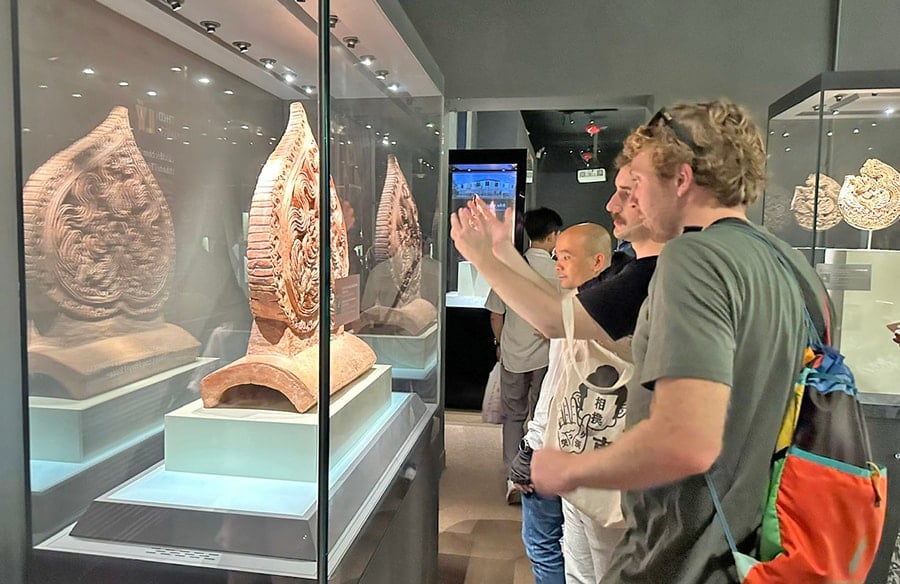

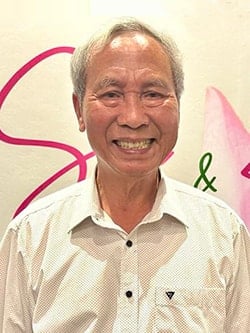




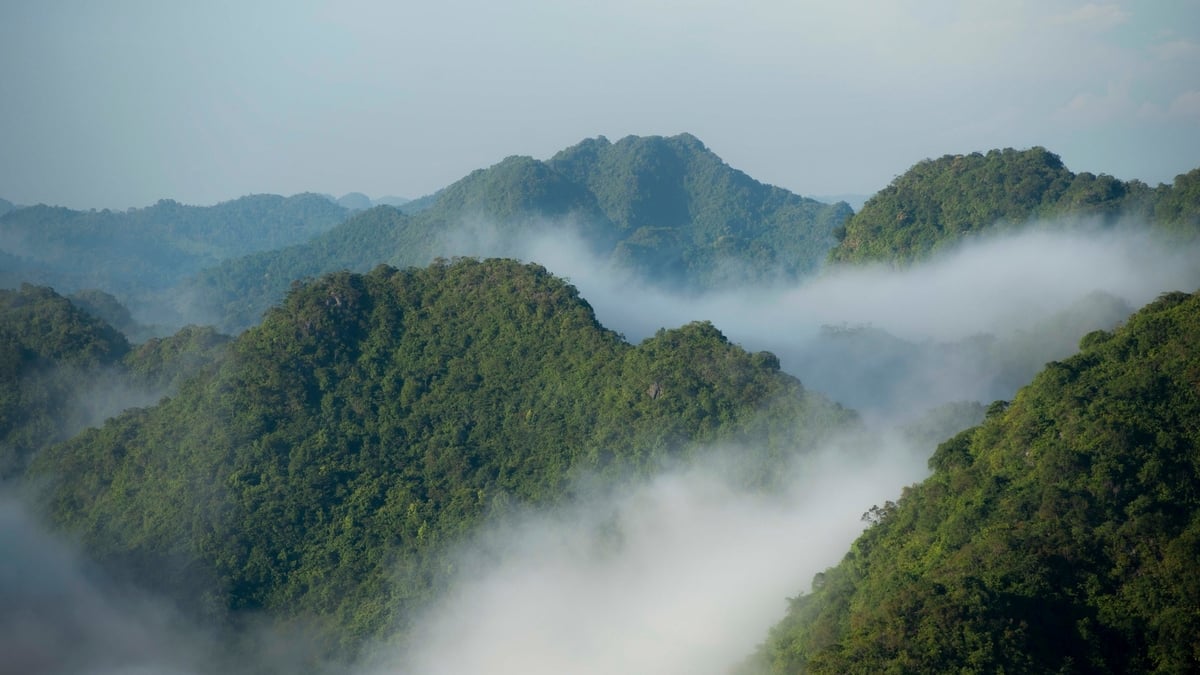


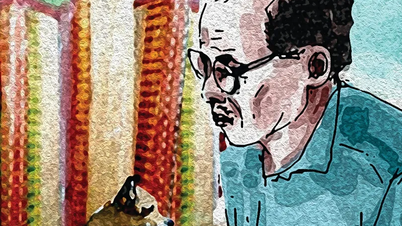



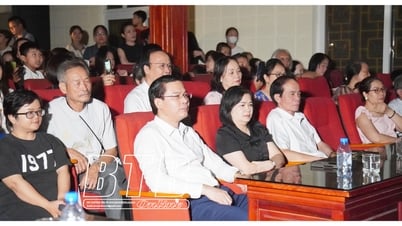

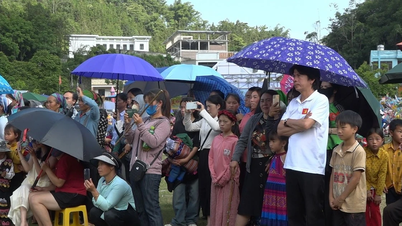









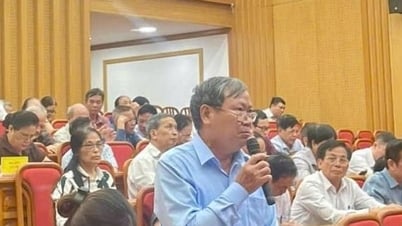


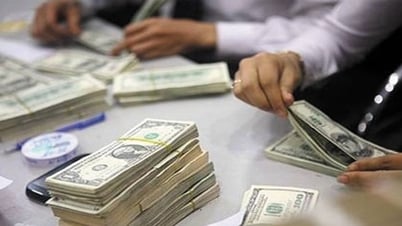
![[Photo] Prime Minister Pham Minh Chinh receives leaders of several Swedish corporations](https://vphoto.vietnam.vn/thumb/1200x675/vietnam/resource/IMAGE/2025/6/14/4437981cf1264434a949b4772f9432b6)












































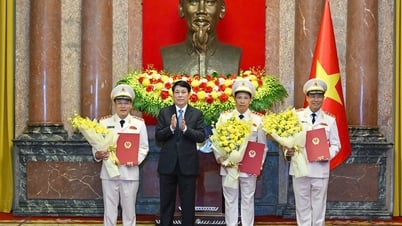





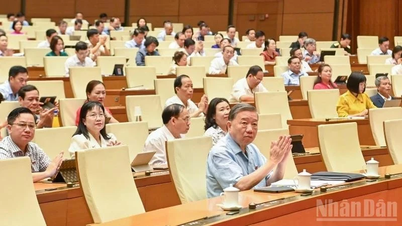









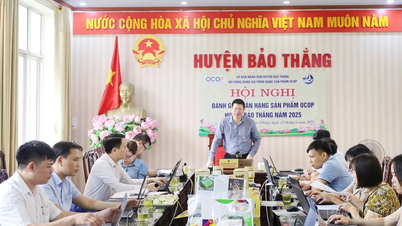

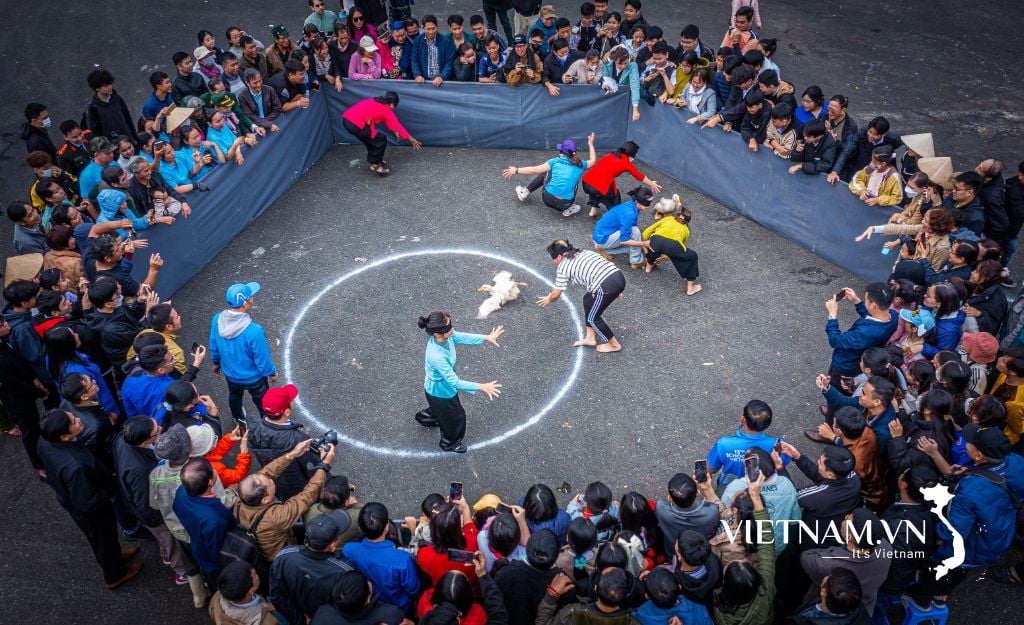
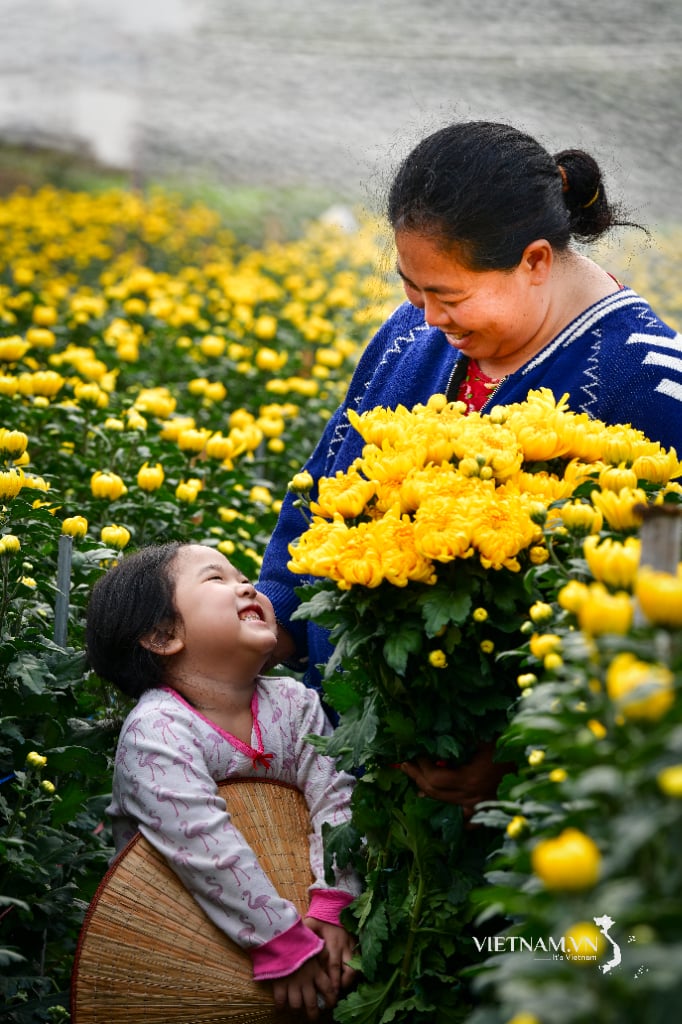

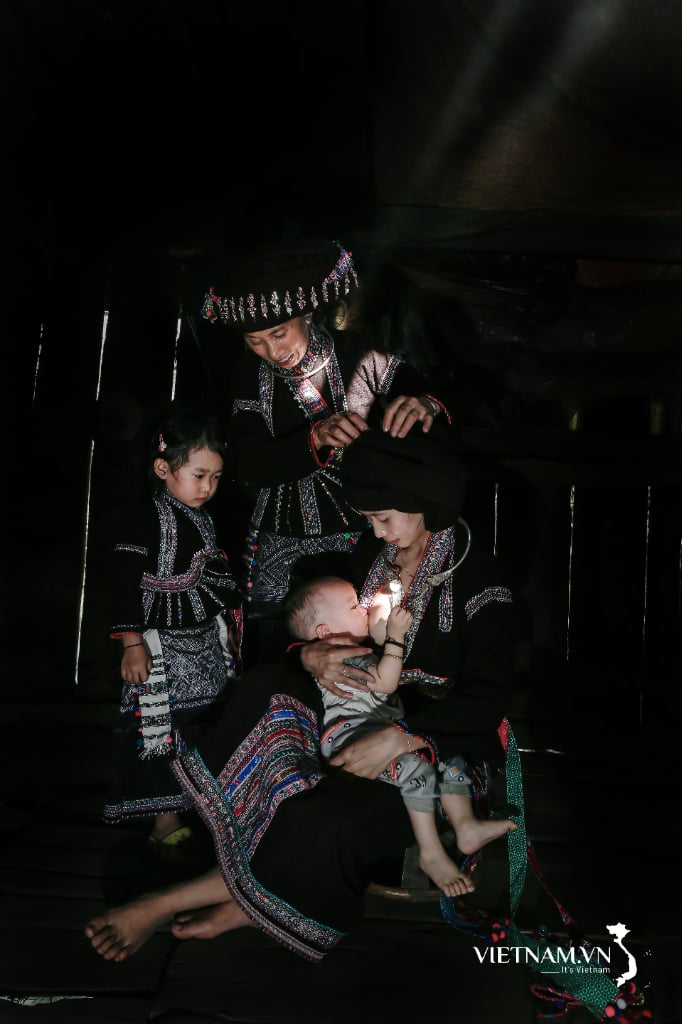
Comment (0)